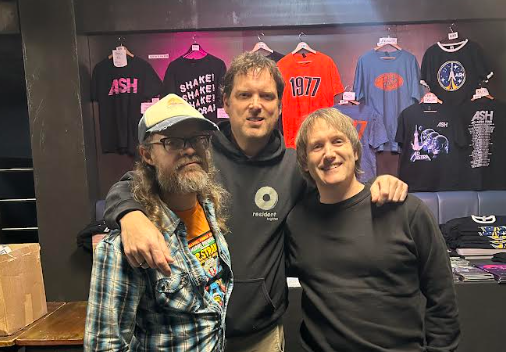Superhero shows are not a new phenomenon. They’ve been on our screens since the 50s and have remained a constant on television ever since. Though the popularity of these shows has fluctuated over time, there has been a recent boom in success for the genre, with nine individual superhero shows set to air in 2016. Why has this sudden change happened and is it likely to last for long?
The large number of superhero shows means that it is often difficult to keep track of them. From the feel good Supergirl to the gritty Jessica Jones, there is a huge amount of variety. Though quality can be questionable at times, it’s likely that there is a show for everyone.
This variety of superhero shows has become much more apparent in recent years as creators have begun to experiment with the genre. For instance, Marvel’s deal with Netflix has allowed them to create Jessica Jones and Daredevil, which are very dark and starkly different to the rest of the Marvel Cinematic Universe. While it was a gamble for Marvel to break the mould and make grittier shows it has certainly paid off for them, as they have become critically acclaimed and popular with audiences, showing that superheroes don’t have to be optimistic and child-friendly to succeed.
Similarly, The Flash has succeeded as it was allowed to fully embrace its weird and wonderful source material. Developments in CGI have meant that The Flash can do things that would previously have been impossible to translate to the screen such as using the villainous telepathic gorilla, Grodd. In the past, shows like Smallville needed to remain grounded due to CGI and budgeting limitations but now these issues have largely disappeared and the superhero genre is all the better for it.
The development of the shared universe has also helped cause the rise of the superhero show. In the wake of The Avengers, companies began trying to emulate Marvel’s success in making a cinematic universe and though it has taken time for these other properties to take shape, it has become vital for a show to maintain links with others to be successful. Perhaps the most successful shared universe is that of Arrow and The Flash as both have benefited immensely from being able to interact and crossover with each other. In fact, this success is so strong that this year an entirely new show with a cast consisting solely of side characters from the two original series is set to be released called Legends of Tomorrow. Nowadays, a superhero series is only as good as its counterparts and audiences now need to be able to immerse themselves in their heroes’ universes to become satisfied. The desire for new shows only continues to grow.
Overall, it is clear that superhero shows are rapidly rising in popularity and that the variety and increasing quality of these shows has greatly contributed to this success. While some would condemn this rise, one can also see that today’s audiences are far more receptive to other series that would previously have been impossible to translate to television, with The Walking Dead and Game of Thrones being arguably the two most popular shows out right now.
With nine series on television in 2016 and at least eight more in development, it doesn’t look like the superhero juggernaut is going to be slowing down any time soon and as long as it continues to grow and try out new formulas, it may not stop at all.



